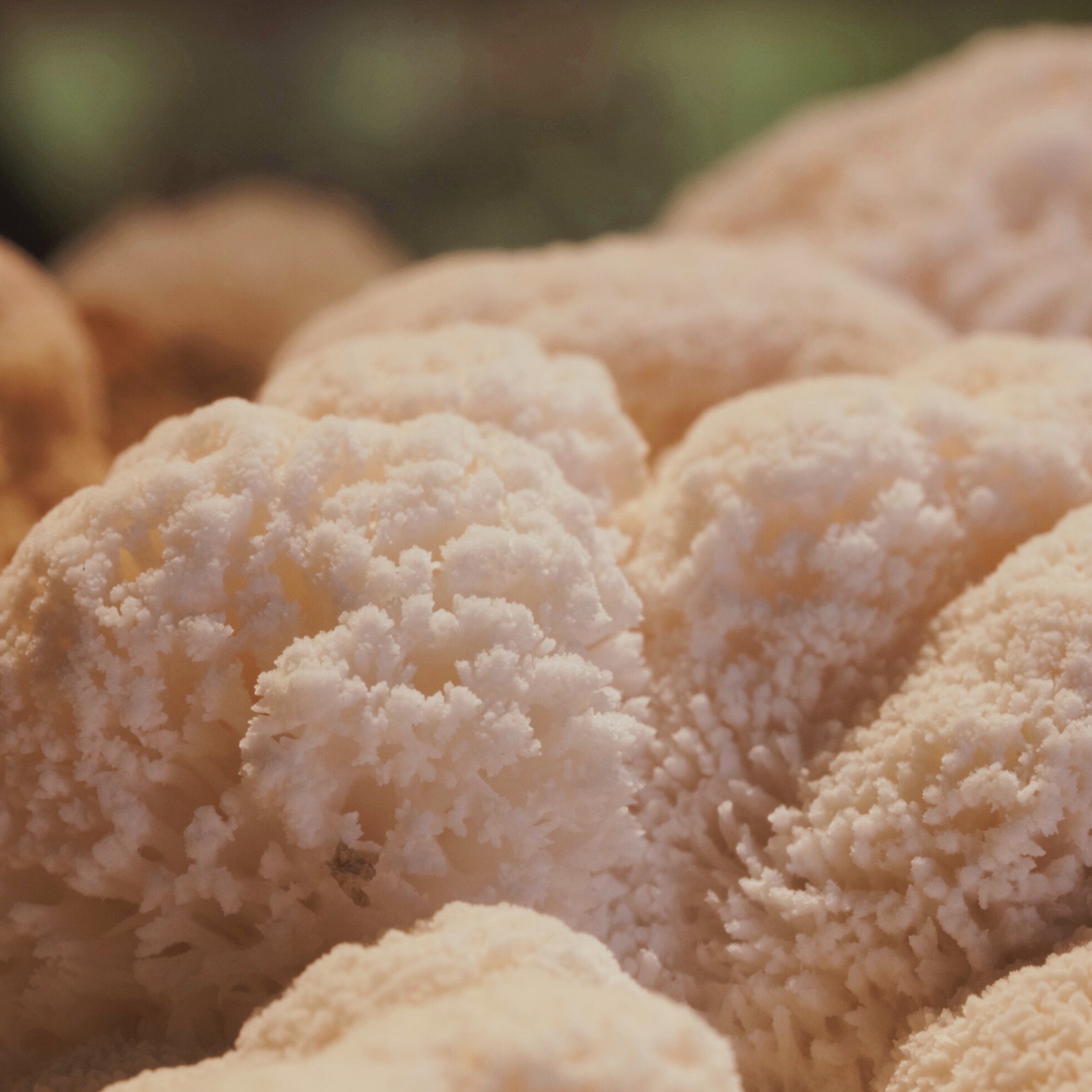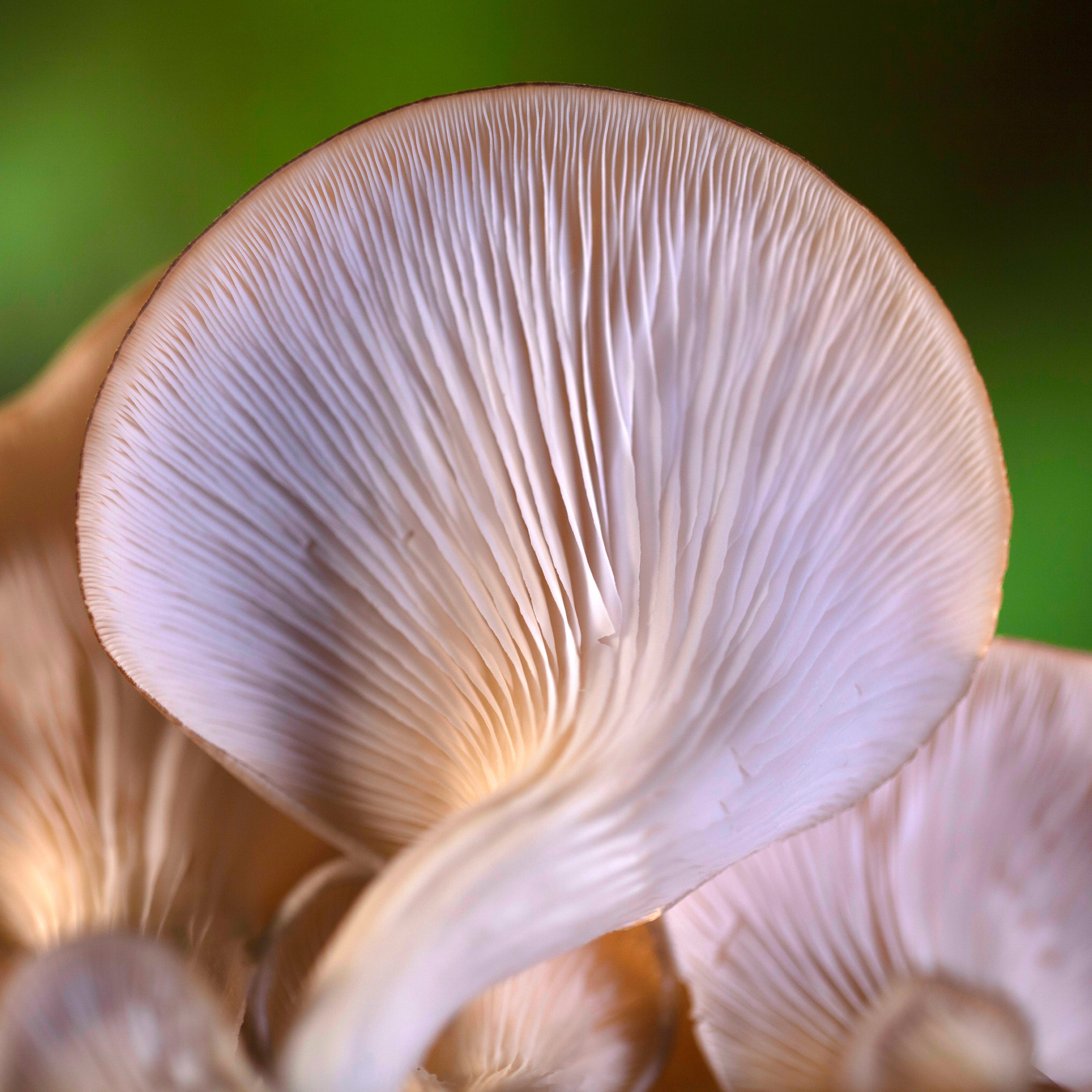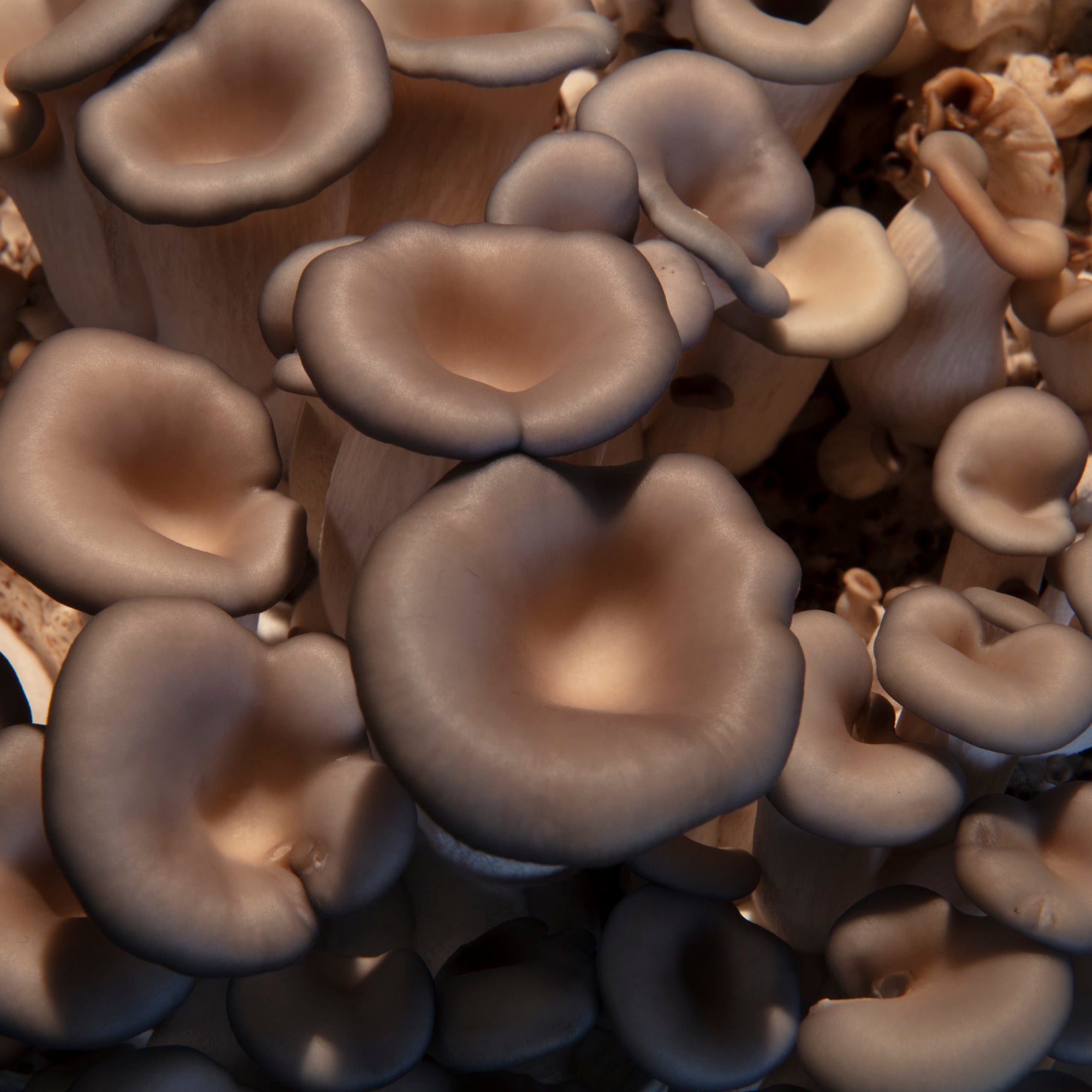
What are the Active Components in Mushrooms?
It’s no surprise that we believe mushrooms to be, well, fantastic. But why exactly is that? What is it about mushrooms — specifically the ones that are edible and offer health benefits — that make them so fantastic?*
If we’re talking about culinary mushrooms, we focus on their nutrition. Mushrooms are a source of vitamin D, which is rare for non-animal-based foods. They also provide certain B vitamins, selenium (a mineral that is an antioxidant), copper, potassium, fiber and more.
And while those essential nutrients do contribute to the goodness of mushrooms, there’s another set of active compounds that apply specifically to the ones we call “functional.”* Those are the ones that you are more likely to take in tincture or gummy form versus adding to an omelet or soup. We use functional mushrooms in our triple-extracted formulas.
Read on to learn about beta-glucans, polysaccharides and terpenes.
A Polysaccharide Primer
Carbohydrates fall into two basic categories, based on their chemical structure: Monosaccharides (simple carbs) are usually sugars, and they cannot be broken down into simpler molecules. Polysaccharides (complex carbs) are longer chains of sugar molecules that take longer to digest.
Three common polysaccharides include:
- Starch: Plants create these starch polymers to store the glucose they create during photosynthesis. For this reason, foods that are rich in starch are good sources of energy.
- Glycogen: Glycogen is a multibranched polysaccharide of glucose that serves as a form of energy storage in animals, fungi, and bacteria. It is the main storage form of glucose in the human body.
- Cellulose: a component of the cell walls of plants, algae, and some bacteria
Digestible polysaccharides provide an energy source when they are consumed. Indigestible polysaccharides provide dietary fiber that helps food pass through the digestive system and supports healthy gut flora.
When you pick up a mushroom supplement, you might see polysaccharides listed on the label. You might also see a specific group of polysaccharides called beta-glucans listed. All beta-glucans are polysaccharides, but not all polysaccharides are beta-glucans.
What are Beta-Glucans?
Most research into mushrooms and health focuses on beta-glucans. Beta-glucans are found in the cell walls of fungi, as well as lichens, grains and sea vegetables. They are named based on their branching structure; mushrooms contain beta-glucans 1 through 6. These beta-glucans have been shown to support the immune system and healthy cell growth.*
We know that beta-glucans bind with certain white blood cells in the intestines, and then get transported to various sites within the immune system (e.g., the spleen, bone marrow and lymph nodes). Once further broken down, they offer support for the body’s natural immune defense system.* The hot water and fermentation steps in our process help extract the beta-glucans and other polysaccharides.
What are Terpenes?
Terpenes are another group of compounds found in mushrooms. They are actually what give mushrooms their flavors (especially bitterness) and smells. They are bioactive secondary metabolites, meaning unlike primary metabolites they are not directly involved in an organism’s development and growth. Terpenes are often used for defense (since animals and humans have evolved to not trust bitter flavors).
Mushroom triterpenoids (a class of terpenes) are extracted using alcohol. You might notice that certain mushrooms, like Reishi, are bitter. That’s a sign of their terpene content (and potency). These compounds have been analyzed for their antioxidant and possible anti-tumor properties.*




